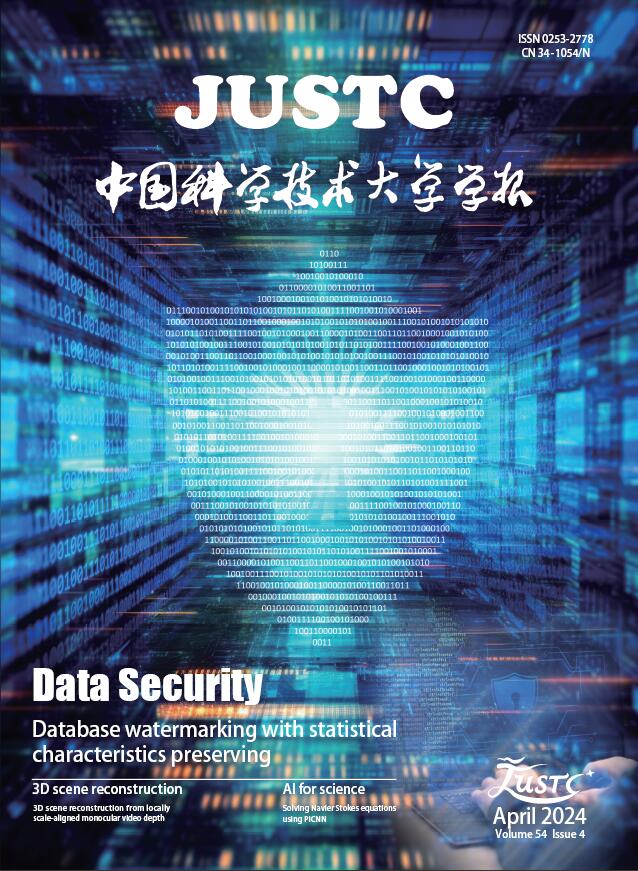2014 Vol. 44, No. 4
Display Method:
2014, 44(4): 259-264.
doi: 10.3969/j.issn.0253-2778.2014.04.001
Abstract:
2014, 44(4): 265-269.
doi: 10.3969/j.issn.0253-2778.2014.04.002
Abstract:
2014, 44(4): 270-277.
doi: 10.3969/j.issn.0253-2778.2014.04.003
Abstract:
2014, 44(4): 285-291.
doi: 10.3969/j.issn.0253-2778.2014.04.005
Abstract:
2014, 44(4): 310-316.
doi: 10.3969/j.issn.0253-2778.2014.04.008
Abstract:





